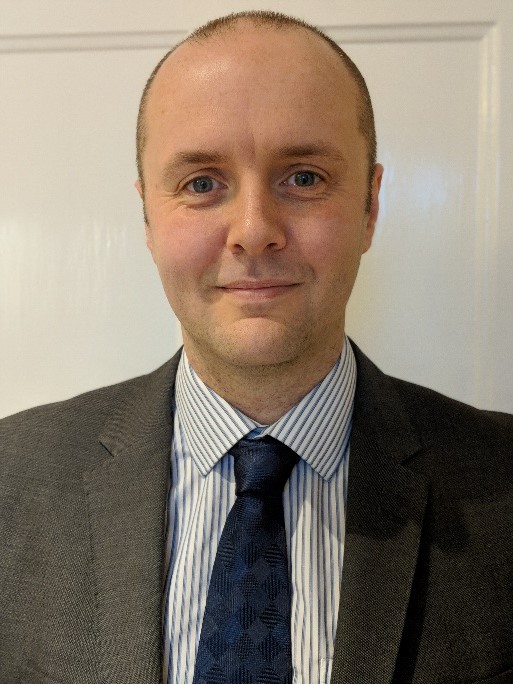
Speaker:- Richard Scott
Title: - Anti-Aging Market Overview
Richard Scott has been Editor of Personal Care since 2009, and during the past 9 years has seen the publication go from strength to strength, growing the magazine's presence in new global territories and online, as well as developing brand new Personal Care supplements. Richard has a keen interest in researching innovative new raw materials and the ways in which the industry will approach the need for increased levels of product personalisation.
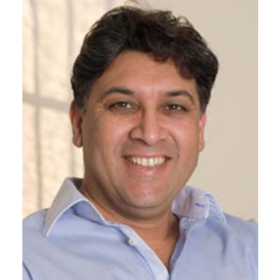
Speaker:- Dr Azhar Aslam
Title: - Skin Ageing Processes
Azhar Aslam trained in Surgery for ten years; out of which five and a half years was in Plastic Surgery in the NHS. Pursuing his chosen speciality of Plastic Surgery, he was awarded a scholarship by the Royal College of Surgeons and Physicians, Glasgow, which took him to Louisiana, USA, for a Fellowship in 1996. He furthered his expertise in Cosmetic Surgery, training and working in America, Mexico and Germany, obtaining a Fellowship of the American College of Surgeons in 1999.
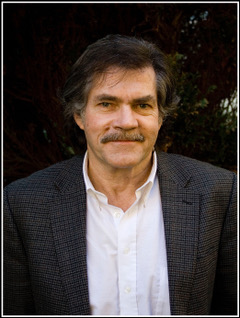
Speaker:- Prof Rex Tyrrell
Title: - Solar UV radiation damage to skin: endogenous versus exogenous protection
The electromagnetic spectrum of solar radiation incident on the earth’s surface has been divided into the UVB (290-320 nm) and UVA (320-400 nm) regions. While UVB is directly absorbed by cellular macromolecules and will cause mutagenic DNA damage, UVA radiation penetrates further in skin than UVB and causes a dramatic, diffusible and sustained oxidative stress in biological tissue which will damage key components of skin including structural components of the extracellular matrix of the dermis. UVA generates distinct types of damage often associated with oxidative stress which is mediated by reactive oxygen species (ROS) and also elicits quite distinct stress pathways. Chronic sustained damage by UVB and UVA radiations will always lead to human skin photoaging and occasionally cancer. While DNA repair is crucial to reversal of UVB damage, stress proteins, including heme oxygenase and metalloproteinases, are also induced by UVA radiation and these together with constitutive endogenous antioxidants (eg glutathione) and constitutive and inducible antioxidant enzymes contribute to the biological response. The known UVA chromophores (eg porphyrins) determine that protection against UVA damage in particular will be important to protecting against the overall oxidative damage induced in skin. Among the ROS generated by UVA radiation are singlet oxygen and hydrogen peroxide and various radical species including superoxide and hydroxyl radical. As a consequence, various naturally occurring antioxidants have the potential to protect against solar damage. These include carotenoids (eg lycopene and crocetin) which scavenge singlet oxygen and phenolic compounds (eg catechins and quercetin) which have strong free radical scavenging properties (by virtue of favourable reduction potentials) and hydroxyl groups which can chelate iron. A question that still needs to be fully answered is how much is to be gained by boosting endogenous protection with exogenous protective agents.
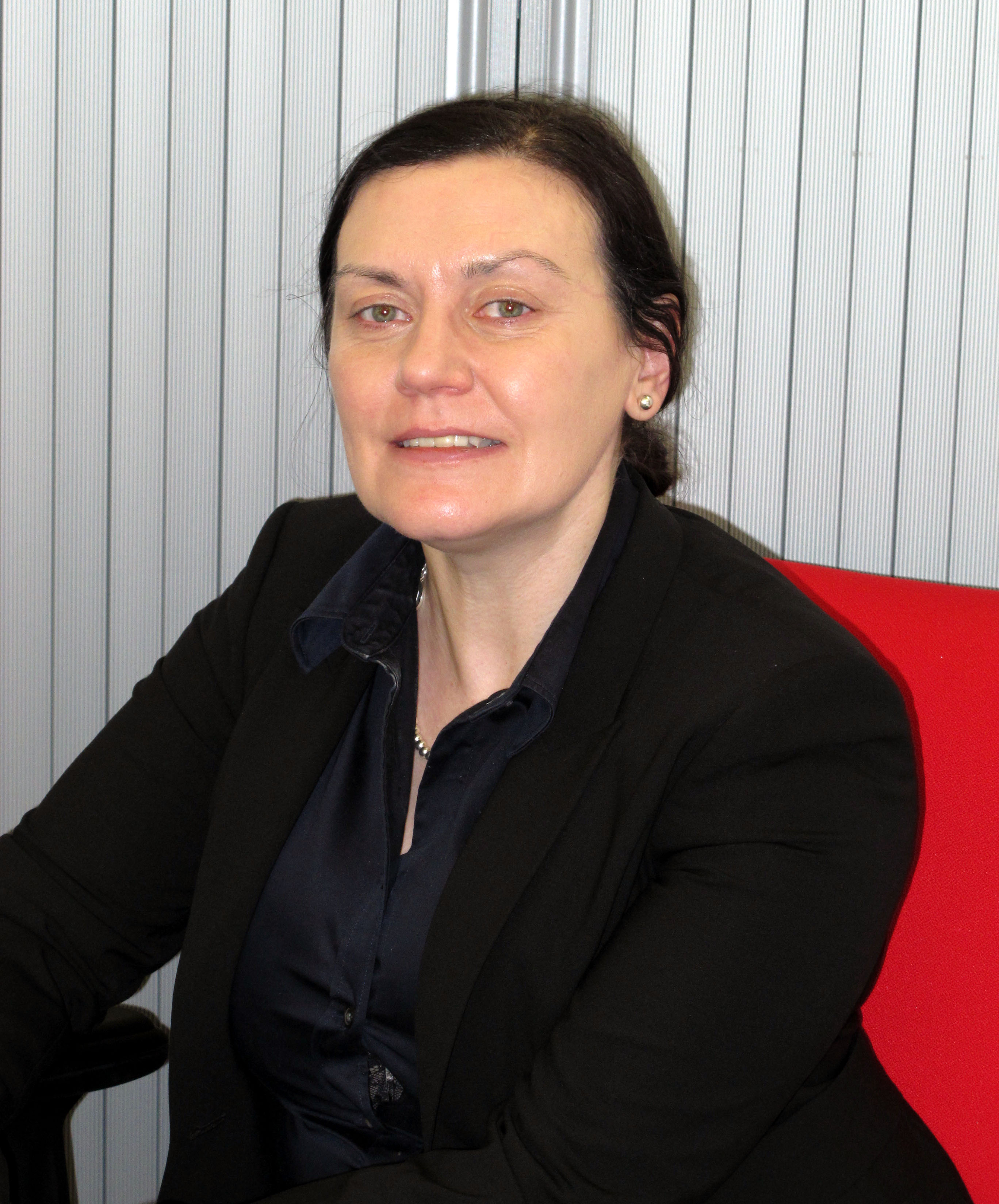
Speaker:- Majella E. Lane
Title: - Targeting actives to the skin – where are we so far?
The skin has evolved to keep water in and other xenobiotics or foreign substances out. The outer layer, the stratum corneum, is a unique membrane that is about a sixth of the thickness of a piece of paper. It is composed of dead cells that are filled with keratin and are very dense in nature. Today we understand that it is this thin membrane that is the major barrier to effective targeting of actives from cosmetic formulations.
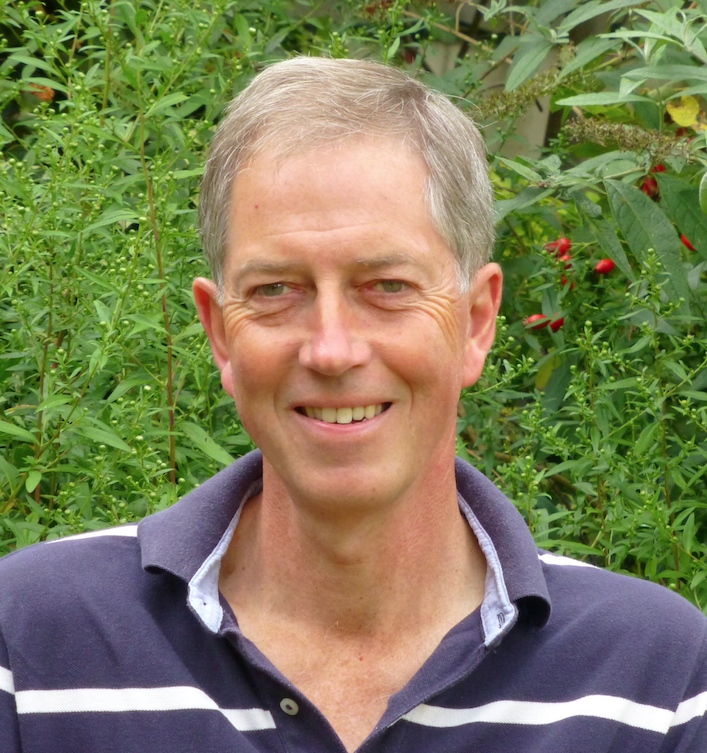
Speaker- Dr Chris Gummer
Title :- Does anti ageing advertising have a future?
Chris currently consults for range of international FMCG and pharmaceutical companies. In this role he helps develop research programmes and delivers wide ranging technical, clinical and consumer data to develop new measures of efficacy and substantiate advertising claims. His wide ranging experience brings strategic focus and cost effectiveness to R&D and Marketing teams with the principal focus of adding value. And he brings a specialty of turning product and substrate science in to consumer friendly language and powerful product claims.
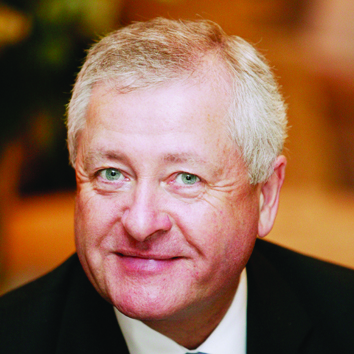
Speaker - Dr Chris Flower
Title - The Cosmetic Products Regulation: enabler or restrictor for anti-ageing products?
The Cosmetic Products Regulation defines a cosmetic product and provides rules for placing safe, effective and good quality cosmetics on the market, but there exists a borderline between those and medicinal products. No product may straddle that borderline but must sit one side or the other, fitting within either medicinal or cosmetic rules. At the same time, society faces problems of an ageing population and stricter limits on health care spending yet we know that boosting self-esteem is effective in reducing calls on that spending. The challenge is to enhance the societal benefits that would accrue from healthy ageing by developing effective anti-ageing products whilst ensuring those products will remain accessible to consumers as cosmetics rather than be classified as medicines.
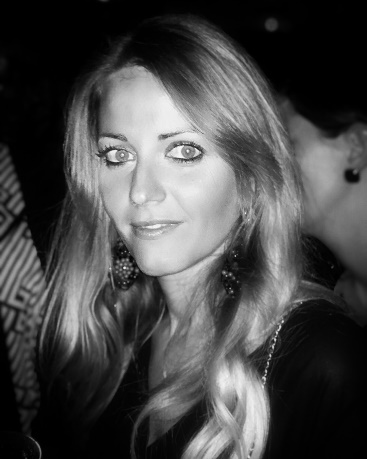
Speaker- Dr Natascia Grimaldi
Title :- Delivery Systems in Cosmetics: Indulging our skin when and where it is needed most.
Customer expectations are placing new challenges to the cosmetics market, which is asked to provide increasingly efficient products. Consequently, cosmetic ingredients need to be optimized to their maximum potential; delivery systems are the scientific answer to deliver on consumer expectations. These delivery systems are increasing active ingredients performance, stabilizing them, increasing their skin penetration and delivering them when and where they are needed most. When formulated into final products, affordable formulations with real consumer-perceivable benefits and optimal sensory attributes are delivered to the customers.
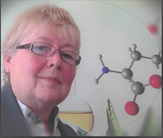
Speaker:- Dr Barbara Brockway
Title:- Can you be certain the Skin Anti-aging product you formulated is the one the consumer is using?
The growing global anti-aging market has been estimated to be $140 billion, which is less than a third of the faster growing, $461 billion annual trade in pirated and counterfeit goods. And it is not just finished goods that are fake. For too long we have relied on audited document trails, ignored warnings from independent chemists and chosen not to look too closely at our raw material supply chains. The same new technologies that help us to a better understanding the aging process are also being used to authenticate materials. In this talk I discuss the power of DNA and how we can use DNA as a barcode linking the physical world to blockchain data. Secure supply chains prevent the dark economy from ruining lives and let you relax so .... no more grey hairs.
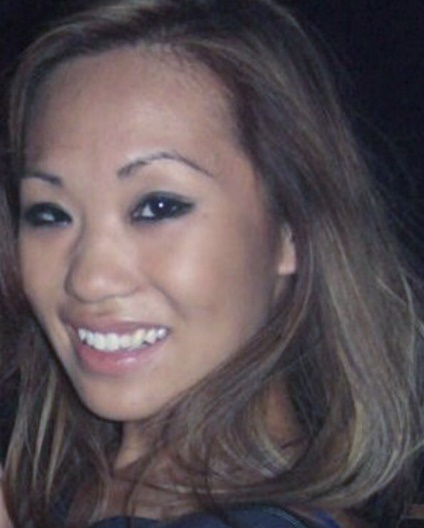
Speaker -Jessica Choi
Title: - Fermenting the Future: Sustainable Actives for Personal Care
Abstract: Fermentation has existed for millions of years as a simple process conducted by single celled organisms. It has been widely used in the production of food and alcohol and in the development of antibiotics and Active Pharmaceutical Ingredients. Like a human cell, a yeast cell is a true eukaryote and similar in structure. At Active Concepts we focus on the fermentation of a specific plant biomass or the controlled stressing of a yeast to facilitate the production of a desired compound, which can have a synergistic 'anti-ageing' effect on the skin. Biofermentation is at the leading edge of green and sustainable chemistry. It is a controlled and effective method of production for chemical compounds and metabolites providing natural yet efficacious actives for personal care.
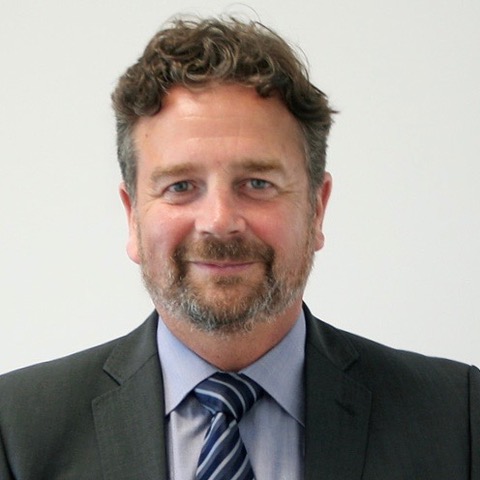
Speaker - John Lofthouse
Title: Evaluating the Efficacy of Cosmetic Actives
The consumer uses cosmetics mainly to look and feel better. New trends and new product concepts are appealing to the average consumer, which makes the cosmetic industry strongly marketing oriented. The science behind many cosmetic products, however, is state of the art . In this context, substantiating cosmetic claims is not an easy task. This is especially the case for cosmetic active ingredients. These ingredients are both tested in vitro and in vivo with the aim to supply the cosmetic producing industry with a product which is both efficacious and safe. An important emphasis is put on making sure that the in vitro and in vivo studies on a particular active ingredient are relevant and coherent, where the results obtained in the in vivo studies are in line with those obtained in vitro. There is a large number of possibilities for designing in vitro and in vivo studies. This presentation will go into detail on which technologies are used and for what reason.
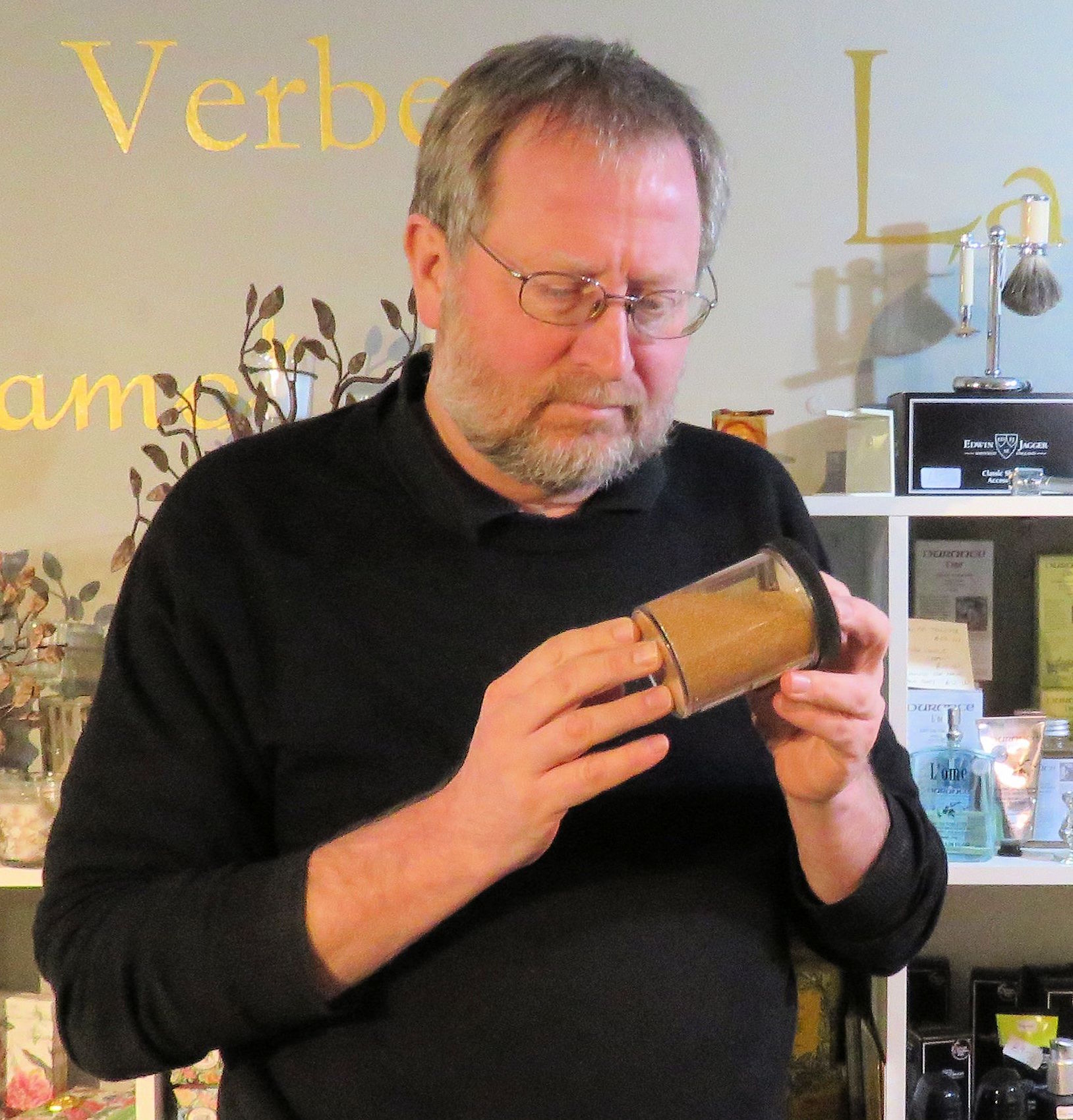
Speaker - Collin Saunders
Title - What Makes A Great Anti-Aging Formulation?
Abstract - Why are there so many anti-aging products on the market? The main reason is that there are in fact many different markets for anti-aging products and each of them requires formulations with different characteristics. Products are sold into many sales environments and these all need different approaches in order to be successful. Studying examples of products that have done well and those that have done badly can illuminate what makes a great product and what doesn't.

